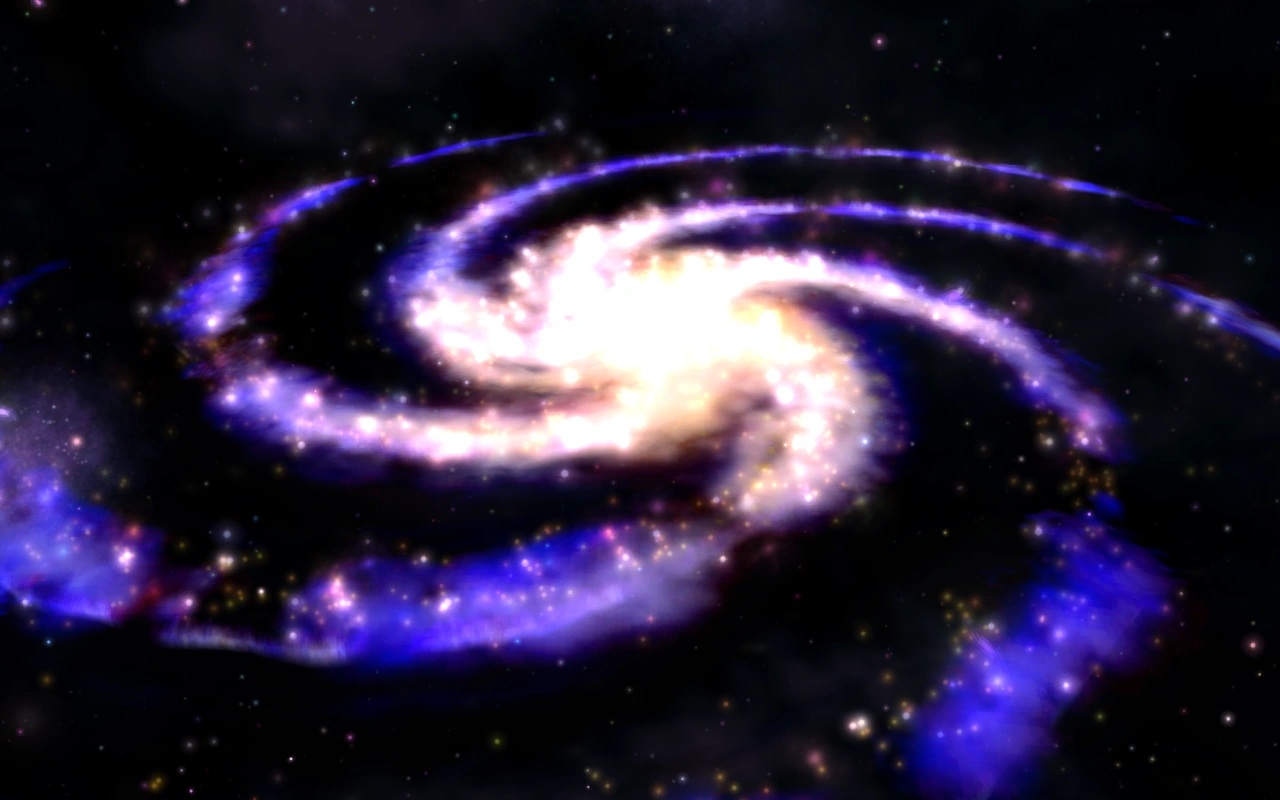I suspect this is going to be a bit more of an obscure title, so let me explain what it's about. This game, release almost exactly two years ago, pits you as the commander of the Daedalus Project, the first ever FTL flight. It's supposed to be a simple jump to Alpha Centauri and back, but it works too well and slingshots your hapless vessel to a distant region of space. I can name at least a few other games and TV shows that use this basic concept, but as with other games, story cliches don't matter if the gameplay is unique enough. If you want a better explanation, check out a YouTube video from when the game came out (I recommend this one as it shows the tutorial and initial story). I played it for two hours in total when it first came out, then never touched it until I saw a playthrough of it a few days ago and remembered how fun it was. Now I'm addicted and want to write my feelings down about this actually great game.
 |
| As you can probably see, we have a very good reason for leaving Earth. |
 |
| Alessandra the engineer here reveals so much in just a few sentences. |
Once everything goes wrong a la every sci-fi dealing with experimental FTL drives, it's up to you to survive hostile environments and aliens with a bone to pick (sometimes literally), gather resources, and travel the ~30000 parsecs back to Earth[1].
Probably my favorite part of the game is the piloting. Unlike most other space games, you have to take orbital mechanics into account as you fly across the solar system, though thankfully it handles actual orbiting for you as long as you're close enough. You can even use slingshot maneuvers to save fuel and speed towards distant objects. Once in orbit, you can land on planets to gather the resources you need or even investigate ruins, though beware of hazards such as wind (AKA convection) and earthquakes.
 |
| I am going to find a way to include this awesome shot as a sci-fi book cover. |
The graphics are also amazing, with a stylized, almost low-poly aesthetic that can be quite realistic and pretty at times. As a result, the aliens and the ships they pilot are just as striking and distinctive (more on them in a bit). Some shots (such as the one on the left) can even look like awe-inspiring sci-fi covers if things work out!
Of course, this part of the universe is far from empty. There are eight alien races you can meet and attempt to appease in various ways... though as a general rule, don't strip mine on their colonies and things will be fine! I found that out the hard way, and got my ship destroyed for it.
Perhaps my favorite are the Ilitza, a race of feminine humanoids. They are extremely decadent slave owners, and talk and act like dominatrices. I even managed to find coordinates to one of their space brothels from a derelict ship. Yeah... that was a thing that happened (sadly, I was too busy laughing as I read to take a screenshot).
 |
| If you substituted in an Orion slave girl for this tentacled feminine humanoid, not much would change. |
Of course, there's also the Entrope, the cute little robots who are more than happy to help repair your ship or replace a lander you foolishly destroyed. (Metaphysical side note: are they sentient enough to actually feel happiness? Or is it the same feigned happiness our relatively primitive robots today exhibit? Maybe I should do an analysis of robots from games I play...) The important thing is that none of the races are stock humanoids with ridges or different colored skin (like most "aliens" from Star Trek), and they're all unique and well-developed.
Arguably the only horribly bad thing about the game is the soundtrack. It's not that it's bad (it's in fact very good, though of course I'm a sucker for good soundtracks), it's that to my knowledge there's no way to listen to it outside of the game. There's no DLC for it and I've checked the game files to find the music, and came up with nada. If there is some brave soul who's found the music and uploaded it to YouTube, or if the composer has a sample on his/her site or channel, then do let me know.
So that's my two cents on how I rediscovered The Long Journey Home after two years of ignoring it, and then finding out it's pretty good after I found out what the heck I was actually doing. (Also, I didn't talk about some things such as combat simply because they're not great but they aren't terrible. If I talked about everything in this game, it would be seven paragraphs of "this thing exists, it is okay". And we don't want that, do we?)
[1] Although the exact distance you travel at the start varies between playthroughs, 30,000 parsecs comes out to about 97,486 lightyears. For comparison, the Milky Way is about 100,000 lightyears in diameter, so the ship would either be flung to the other side of the galaxy or just outside it. Of course, the game shows several galaxy/nebula-like sectors as opposed to an image of the Milky Way, but I suppose it's creative license. Maybe they're inside our own galaxy?











